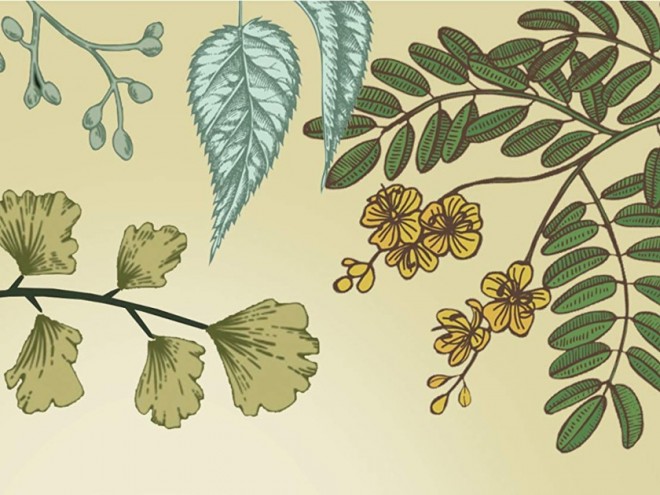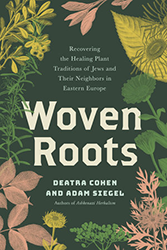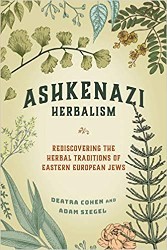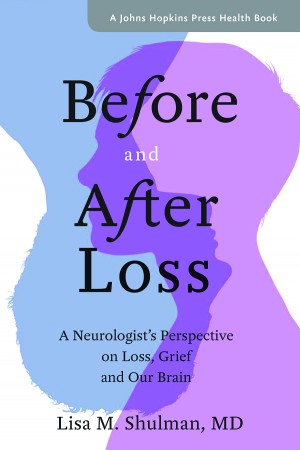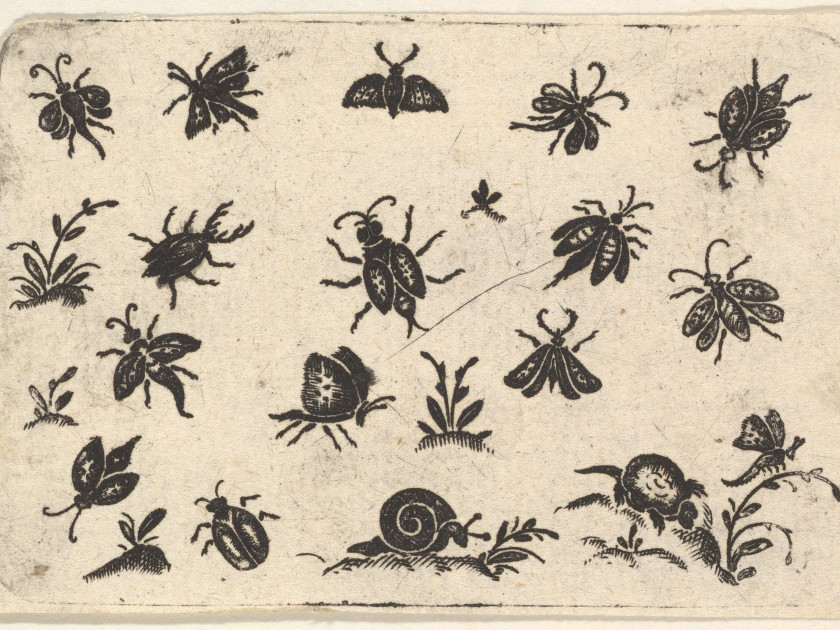
Small Motifs of Insects and Plants, Georg Herman, 1596
The Metropolitan Museum of Art, Harris Brisbane Dick Fund, 1942
I’m generally a private person, so publishing my first book, Ashkenazi Herbalism, (with coauthor Adam Siegel) in 2021 didn’t come easily to me. I felt I had a responsibility — more pressing than any hesitancy I might have felt — to share with others my unexpected discovery of an important part of our collective history that had long been neglected: the story of the Jewish folk healers of the Pale of Settlement. These healers kept their communities in health and balance for centuries, and relied on magic, plants, and other natural substances for their work, right up until their destruction during the Second World War. Consequently, as an Ashkenazi herbalist, recovering the folk medicinal traditions of the Jews of the Pale, especially the women folk healers, was revelatory for me, and gave me a meaningful way to feel closer to my Jewish heritage.
The presence of women healers throughout the Jewish diaspora can be traced back to the very earliest times. Even as their curative methods became increasingly threatened over the centuries due to the rise of patriarchal professional medicine, these women continued to preserve the ancient practices, often in secret, rarely writing their remedies down, but instead passing their knowledge from one generation to the next by word of mouth.
With both of our books, my coauthor, Adam Siegel, and I have found that sources such as yizkors (memory books of the former shtetls of the Pale), memoirs, and other historical documents can provide clues as to how the age-old healing practices of the bobes (grandmothers), opshprekherins (curers of the “evil eye”), and midwives were more sought after than their male counterparts. These women were able to heal patients via magical means combined with herbs, even when other methods, including professional or official medicine, had failed. We know from scattered clues that these women provided care without any expectation of payment, but rather as a service to their communities, and, if they were compensated for their work, remuneration came in the form of food or other goods in kind, or occasionally a few coins discreetly slipped into an unsuspecting pocket. Curiously, the same sources that allow us a fleeting glance at these healers’ wonders simultaneously disparage their homespun treatments. And, in an ironic twist, it’s these very same attacks that reveal some of the most interesting and rare glimpses into the hidden world of these female healers.
Through my extensive research in these areas, I continue to be astounded by how invisible Ashkenazi women have been in the historiography of the Pale, something scholar Nathaniel Deutsch has noted (from his 2006 essay “An-Sky and the Ethnography of Jewish Women”):
Not being registered at birth was only one of the ways in which the Jewish women of the Pale of Settlement were rendered invisible. Despite the important economic, cultural and religious roles that Jewish women played in their communities, male members of the traditional rabbinic elite and the newly emerging Russian Jewish intelligentsia devoted little if any attention to women in their voluminous writings.
These kinds of erasures aren’t unique to Ashkenazi women healers. Around the world and across centuries, women’s healing practices have been neglected, belittled, or destroyed. It is a fortunate culture that has been able to reconstruct the legacy of women’s healing from such scattered shards. But invisibility was a threefold fate for Eastern European Jewish women folk healers: an almost universal imperative to erase women’s healing wisdom from memory, the destruction of most of the record of Jewish women healers’ communal care, and the annihilation of the healers themselves in the Shoah. These three erasures have made recovering or rediscovering even the most fugitive and disparaging references to these women and their practices nothing short of miraculous. Additionally, when we’ve been able to compare newly discovered threads depicting Ashkenazi women’s secret medicinal ways to the customs of women healers from adjacent populations, such as Poles, Ukrainians, Belarusians, Lithuanians, and Tatars, we’ve found that their practices are often highly similar, and sometimes identical.
The presence of women healers throughout the Jewish diaspora can be traced back to the very earliest times.
This has been yet another thrilling discovery for us: uncovering and restoring this collective culture of healing among Ashkenazim and their non-Jewish neighbors shows us all a path forward toward a commonweal of shared healing. And this further underscores the fact that, as one early reader of our book so beautifully noted, “our collective health depends on knowledge flowing across boundaries. [Woven Roots] invites us to cultivate solidarity by following the plants.”
Of course, we are not the first to observe that traditional healing in Eastern Europe was a communal affair. These parallels and commonalities have, for my coauthor and I, affirmed a quote by Hirsch Jakob Zimmels, a twentieth-century rabbi and historian of Judaism, whose insights have guided our research:
…In spite of all social, political, and religious restrictions – as far as Christian Europe is concerned – in cases of illness, non-Jews sought remedies from Jews, and Jews asked non-Jews for help. This applies to all classes of the population and to all centuries. Medicine alone did not respect any boundary. (Magicians, Theologians and Doctors, 1952)
Zimmels’ assertion alludes to folk medicine as well, including plants, simply because plants have been part of human, if not hominin, healing since time immemorial. As an herbalist, I’ve come to understand that plants generously interact with anyone who engages with them regardless of a person’s culture, language, ethnicity, or religion. The plants, and by extension all of nature, are completely unbiased and consequently have always brought disparate groups together to heal themselves and one another. Zimmels’ pronouncement that healing has been the most all-embracing cultural universal is revolutionary: not only does it encourage us to re-examine some of the history we’ve long taken for granted, but it also suggests the possibility for a transcendent vision of community and communal care “in spite of all social, political, and religious restrictions” in our own times. It’s this conviction that has guided the research for our forthcoming book, Woven Roots: Recovering the Healing Plant Traditions of Jews and Their Neighbors in Eastern Europe. We can’t wait to share the stories that we’ve found concerning the plants and the natural world, so beloved by our forebears, that can help us imagine a better world.
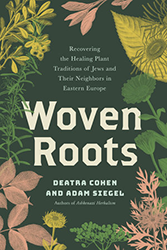
Woven Roots: Recovering the Healing Plant Traditions of Jews and Their Neighbors in Eastern Europe by Deatra Cohen and Adam Siegel
Deatra Cohen is a former reference librarian, is a clinical herbalist who trained with the Berkeley (formerly Ohlone) Herbal Center, belongs to a Western Clinical Herbal collective, and is a Master Gardener at the University of California. In her research, Cohen became frustrated with the lack of practical information available to Jews of Ashkenazi descent, and related to Eastern European traditions in general. Ashkenazi Herbalism was written to reconcile this lack, and the first work in any language to document the herbal practices of Ashkenazi Jews.
